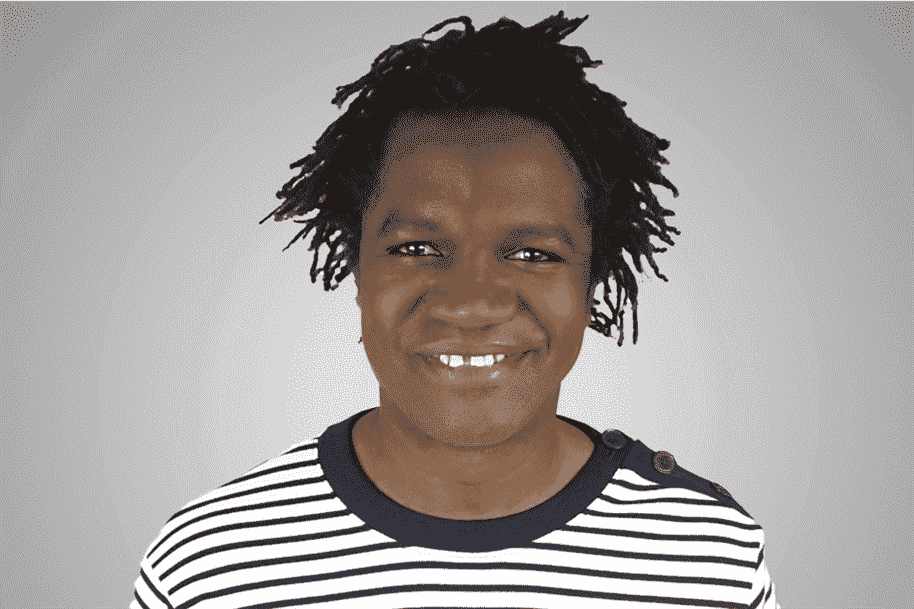On this Valentine’s Day weekend, where flowers are in the spotlight, I would like to put on my old costume of a plant biologist to tell you about the truth hidden in a floral bouquet. First, let’s not forget that flowers are the reproductive organs of plants. When your handsome beau shows up at your first sweet date brandishing his bouquet, he’s not just looking to flirt…he sees the possibility of foraging! This is what a flowering plant would rightly say to new lovers. Let’s say that in the eyes of a plant biologist, we are far from the definition of romanticism.
Posted yesterday at 10:00 a.m.
Let’s not forget either that the flowers are colored to solicit! These “petal beauties” wink at the winged go-betweens that are the pollinators; because as I said, they are above all reproductive organs. In 1694, when the German botanist Rudolf Jakob Camerarius (1665-1721) dared to affirm that flowers were sexual organs, the news reached the chaste ears of the ecclesiastical authorities who rose to the crenel to silence him. Camerarius, a tad provocative, obviously did not fall into the good graces of the Church when he compared the expulsion of pollen grains by flowers to vegetable ejaculation!
How do you expect people who have taken a vow of chastity to rejoice to learn that it is the “spermatozoa” of the plants present in their respiratory tracts that make them sneeze in the spring?
Even if plants soften us with their beauty, associating their flowering with romanticism is a great botanical perversion. And this idea dates back to the dawn of time. The human passion for certain orchid flowers, for example, led many explorers to the four corners of the world. To unearth these floral works of art, many went deep into the tropical rainforests and ran great perils. Many of them, in the XVIIIand and XIXand centuries, were devoured by wild beasts, washed away by rivers or struck down by tropical diseases. There are even extremists among florists, who would have thought!
It must be said that some of these exotic flowers sold for gold prices in Europe. When the Flemish botanist Charles de l’Écluse (1526-1609) introduced tulips to the West in the 16and century, the spell was immediate. The tulip trade was so flourishing – it is the case to say it – that the Dutch became fanatical disciples of this emblematic plant of the Ottoman Empire. In the XVIIand century, breeders strove to develop ever more beautiful and original varieties of tulips. Some variegated floral characters retailed for prices equivalent to 10 times the average annual Dutch salary.
It is said that during this Dutch tulipomania, bulbs will be the subject of as indecent speculation as during the Montreal condomania that is currently raging in certain boroughs! Increasingly high prices for rare varieties will eventually make crash the Dutch Flower Exchange in 1637. This collapse in the price of tulip bulbs will be considered by some historians as the very first speculative bubble in the history of humanity. This speculative “bulb” will also affect the hyacinth, another bulbous flower native to Southwest Asia. But, despite this episode, Holland still remains the world capital of tulips.
Dahlias, flowers native to Mexico whose name derives from the Swedish botanist Anders Dahl (1751-1789), aroused great covetousness when they were introduced to Europe. The French nobility, in particular, quickly succumbed to their charm. In the 19thand century, the Empress Josephine, wife of Napoleon, positioned herself as the godmother and protector of the dahlia. From France, the fashion soon reached all of Europe, and this flower would also be the subject of outrageous speculation. Beds of dahlias sold for prices beyond belief. There is even talk of seeds of rare varieties that would have been exchanged for precious stones. In short, our passion for the sexual organs of certain plants is much older than the commercial version of Valentine’s Day that we celebrate at the end of the week!
While it is true that experience cannot be bought, plants have things to teach us, because they have practiced sexual reproduction for at least 150 million years, while modern humans are 300,000 years old. age.
This reproduction of flowering plants obsesses us so much that we do not hesitate, in popular language, to project our own amorous parades onto it.
While some leaf through the daisy, others cultivate their secret garden or tell rose water stories. Let’s say we have a flowery vocabulary! In the names that we have given to the flowers displayed before us, references to human sexuality are never far away: think of goldenrod, pepper-penis, nipple of Venus, thigh-madam, butt-scratcher, coco-buttocks, titan’s phallus… Let’s say we’re flush with the daisies!
And even when the fertilized flower becomes fruit, the list of sexual allusions grows longer: for gentlemen, we evoke bananas, cucumbers, eggplants or, for the less fortunate, asparagus or zucchini. The roundness and firmness of a pair of apples, oranges, grapefruits or melons are reminiscent of certain female breasts. For the testicles, in addition to the essential nuts, we often refer to figs, olives or plums, avocados depending on the season! It makes you wonder if, in terms of sexuality, humanity does not experience a certain inferiority complex in the face of flowering plants. Otherwise, how to explain that our “young shoots” are “offshoots” or that they are the “fruit” of our union?
You may find that I am off the mark with my thoughts, that I push a little too hard on the link between flower and human sexuality. If so, I would like to apologize to all the Hyacinth, Iris, Marguerite, Jasmine, Capucine, Violet, Eglantine, Rose, Madder, Hortense, Lila, Florentine, Dahlia, Anemone, Camellia, Capucine, Melissa , Lys, Flora, not forgetting Narcissus, Yacinthe and Jasmime, who once came into the world in roses! The moral of my story is this: Caroline, of all the flowers on earth, you are my favorite.
Happy Valentine’s Day to all of you!
